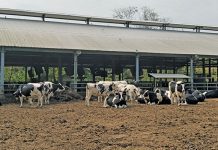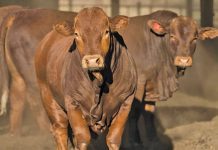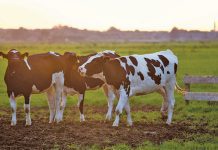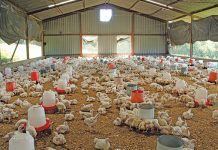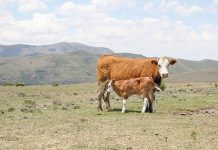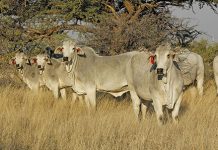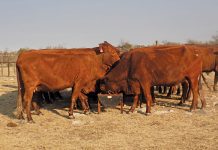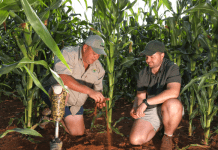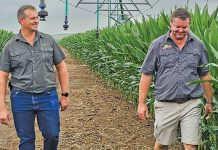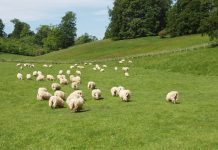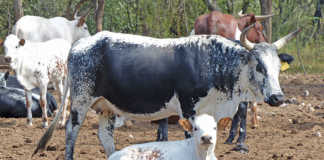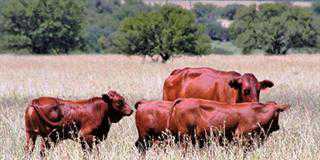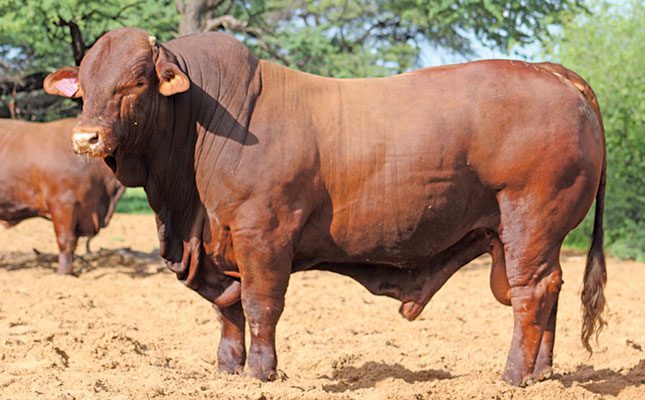
Photo: FW Archive
One way of managing cost is to increase the output at the same cost and thus generate higher income, or to reduce cost and maintain the same level of output. You can also look at finding the in-between to make sense.
My concern as a farmer is that most of us cannot do this. If you can’t quantify your cost of production and you don’t measure on-farm performance, you can’t predict or measure the outcome of your changes.
In order to start doing this, you need to quantify what each decision is going to cost you and measure the improvement in performance or income.
Fodder flow is one of the key aspects in your farming enterprise that you need to consider, because every large stock unit will consume about 3,4t to 3,65t of roughage a year. This is why it is important to map out the different available fodder flow options.
For example, if you have 500ha of farm available, it is important to know what number of hectares is natural grazing, planted pastures, and maize residue.
From this, you will then be able to calculate your monthly and yearly yield of forage available, and you can plan and calculate when you need to bank fodder and where to utilise the banked fodder for optimal production based of your herd structure requirements.
After this, it is important to set out a flexible supplementation system to fit in with your fodder flow to always try and maintain the ideal body condition score (BCS) in your herd depending on the stage in production cycle, season, and fodder available. BCS is directly correlated with fertility, as seen in the figure on the following page.
Supplementation
For effective fodder flow supplementation, you need to consider fodder flow, grazing capacity, season, and grazing strategy.
Let’s consider the different fodder available in a typical cattle farming system. Summer grazing is by far your cheapest source of nutrients if your farm is paid off. The grazing on summer pasture is digestible, supplying sufficient protein and energy.
Mineral shortages should be your main concern, except for growing animals and first-time heifers that can benefit from strategic supplementation of extra energy and quality protein.
The negative part of summer grazing is that the dry matter yield is not always great. Farmers tend to overfeed urea on summer grazing and tend to stay too long on a phosphorus lick into the change-over season, starting winter licks only once there is a loss in body condition.
Winter grazing, on the other hand, is great for cheap forage. It is low in energy and on sourveld it is extremely low in protein, with crude protein values as low as 3%.
Urea will need to be supplemented and additional fodder flow planning will be required to optimise cost for late winters when feed becomes scarce.
Maize residue
Maize residue is a great source of energy to your cattle during the winter months. It also gives you a good carrying capacity of 1ha to 1,3ha per LSU for up to 90 days and thus plays a significant role in your fodder flow planning.
The largest downside to maize residue is that cattle cannot optimise your return in the same way as sheep as they are not selective feeders. It is important to manage the fodder left behind in such a grazing system.
As the cows graze maize residue, you will notice that the quality of forage keeps on depleting constantly. You will move from grazing with a crude protein of 7% down to the stovers that contain only 3% to 4% crude protein. If maize residue crops are utilised correctly, you should be safe to just run a winter lick for cattle.
Green fodder
Green fodder is a wonderful tool to have in your fodder flow planning for winter months as the pastures planted for green feed such as ryegrass are extremely high in crude protein.
Due to the lack of structural fibres, it is also high in energy. You also can get good dry matter yields if managed correctly.
The downside is that currently the cost of production is high due to rising input costs. Furthermore, the lack of structural carbohydrates means you can struggle with animals having an upset rumen and high passage rate.
There is also risks like prussic acid poisoning and bloat in cattle, and animals will need to be monitored. A common mistake made by farmers is to supply a urea-containing lick on green fodder, which will lead to urea toxicity.
Sorghum
Sorghum is a wonderful product to use for a fodder flow planning system as you can utilise it as summer grazing, later as winter grazing. It is palatable, digestible and ensures good condition.
Multiple types of seed variants are available, so make sure you use what is needed for your fodder flow planning. You can also make silage from sorghum.
Sorghum tends to have the risk of rust and prussic acid poisoning. Depending on how the sorghum is planted, it should be properly managed to limit the trample loss that will lead to good feed going to waste.
Supplementation on sorghum varies depending on the variant and growth stage of sorghum.
Silage is another great option to use for building quality fodder, especially for winter months. It is a good source of energy, highly digestible and can be stored for a long time.
On the downside, silage should be fed on a daily basis and all the vitamins have been oxidised. Silage should be made properly to limit storage losses, and you need to make sure your silage is made at exactly the right time to optimise the product.
Feeding cattle with silage means you can feed them in multiple ways, from mixing a complete ration to winter supplementation.
Making hay
Planted pastures like Smutsfinger and Rhodes grass are great, as you can plant these to optimise dry-matter yields, and you can bale and make quality forage for later in the season.
With hay-making, you can save some of the roughage for later months.
On the downside, conserving hay comes at the cost of baling or ensiling it. Putting out bales can lead to large losses, as well as storage losses if not protected from the weather.
Making hay for quality above quantity means you can save significantly on lick supplementation. If hay protein drops significantly due to late production, it means you as the farmer can save on your lick cost. Supplementation will depend on the quality of hay.


